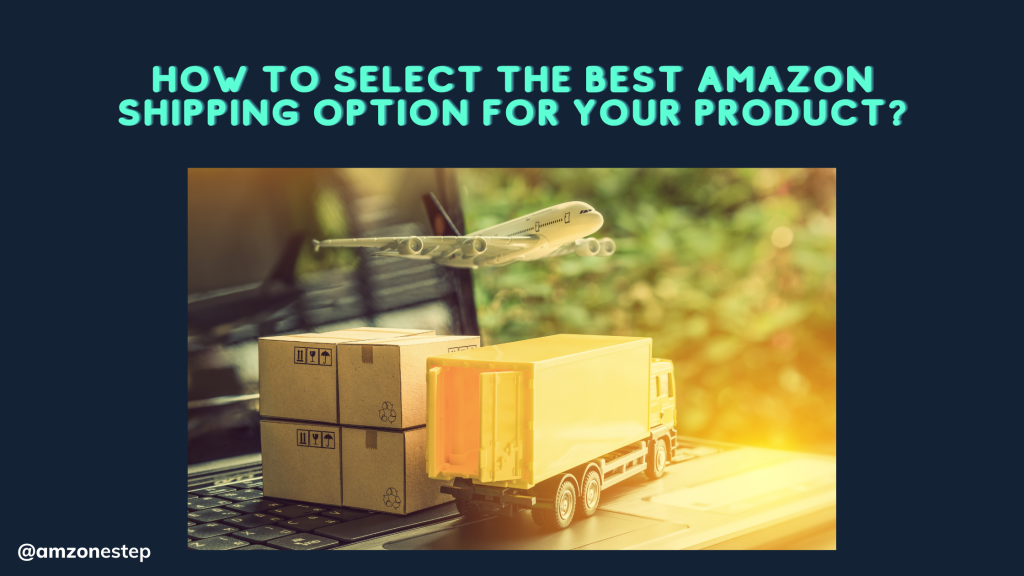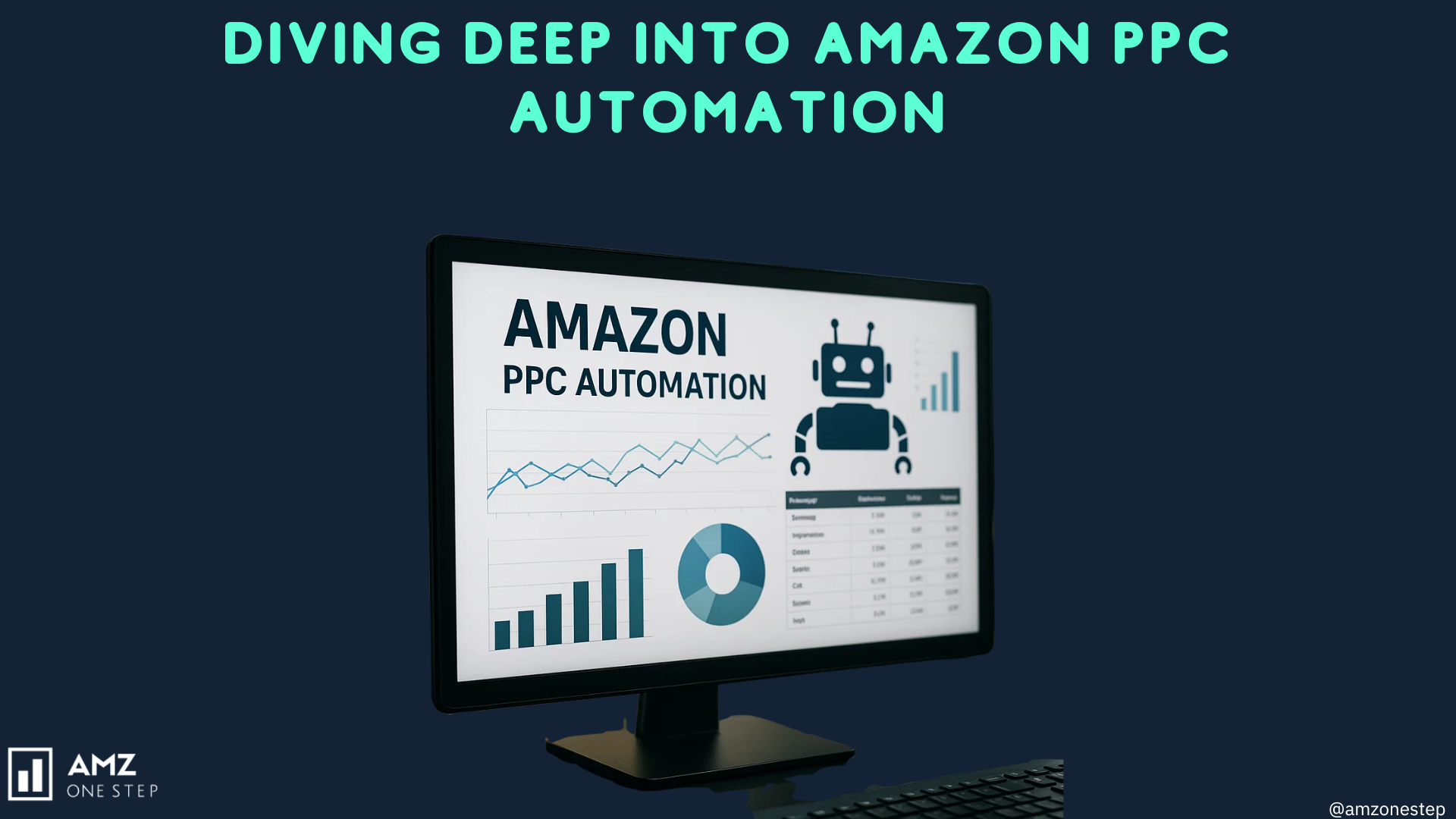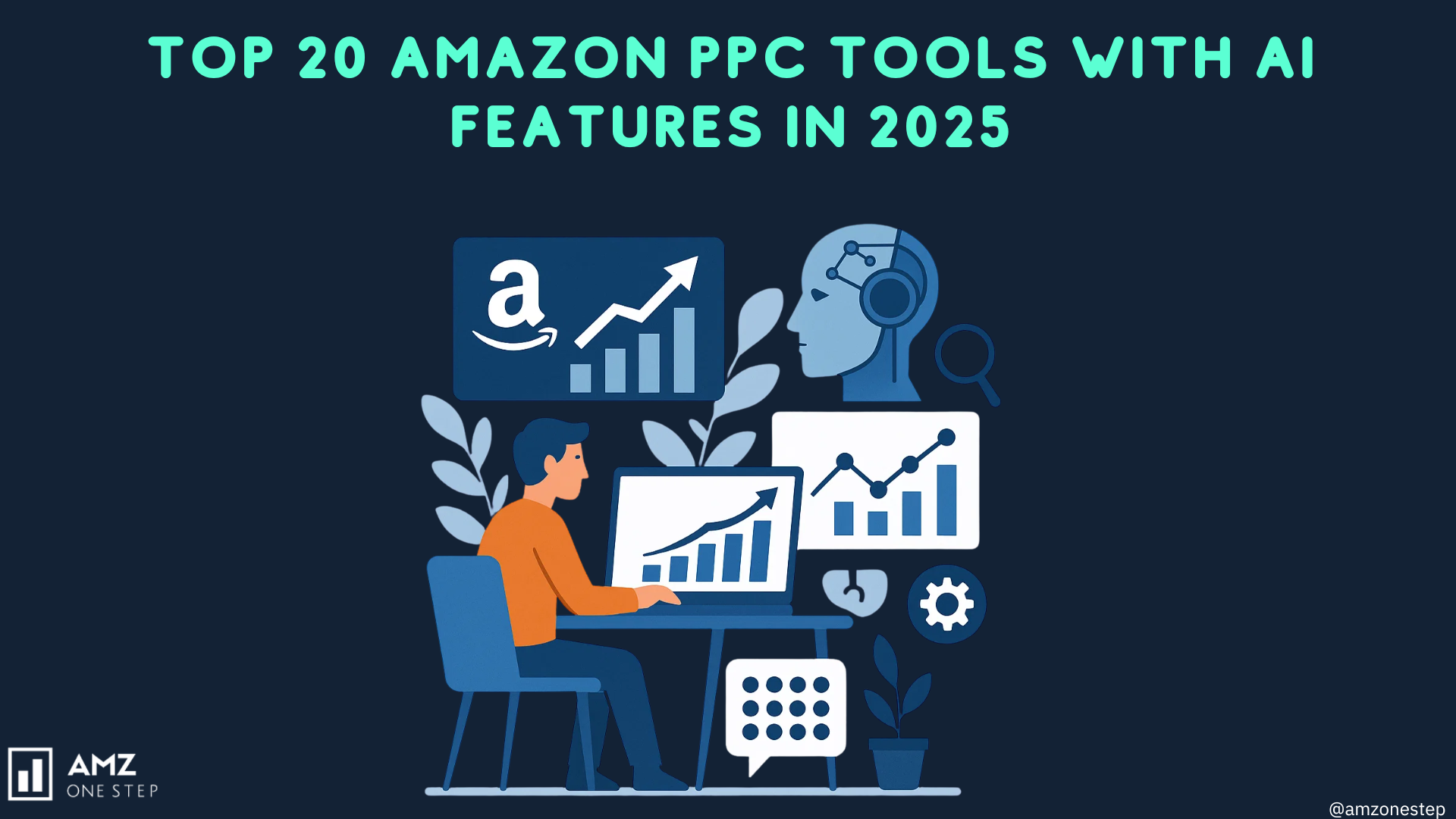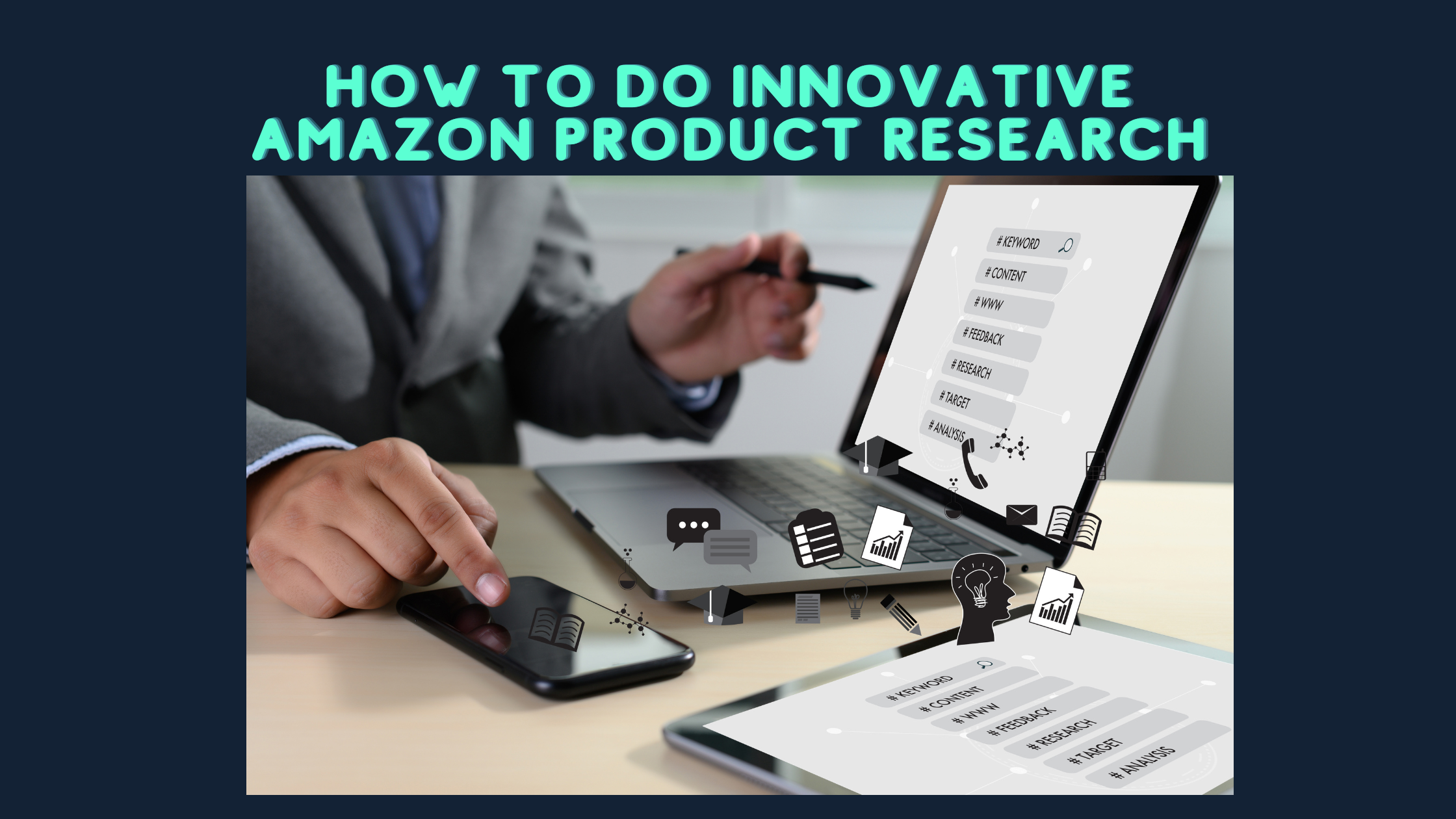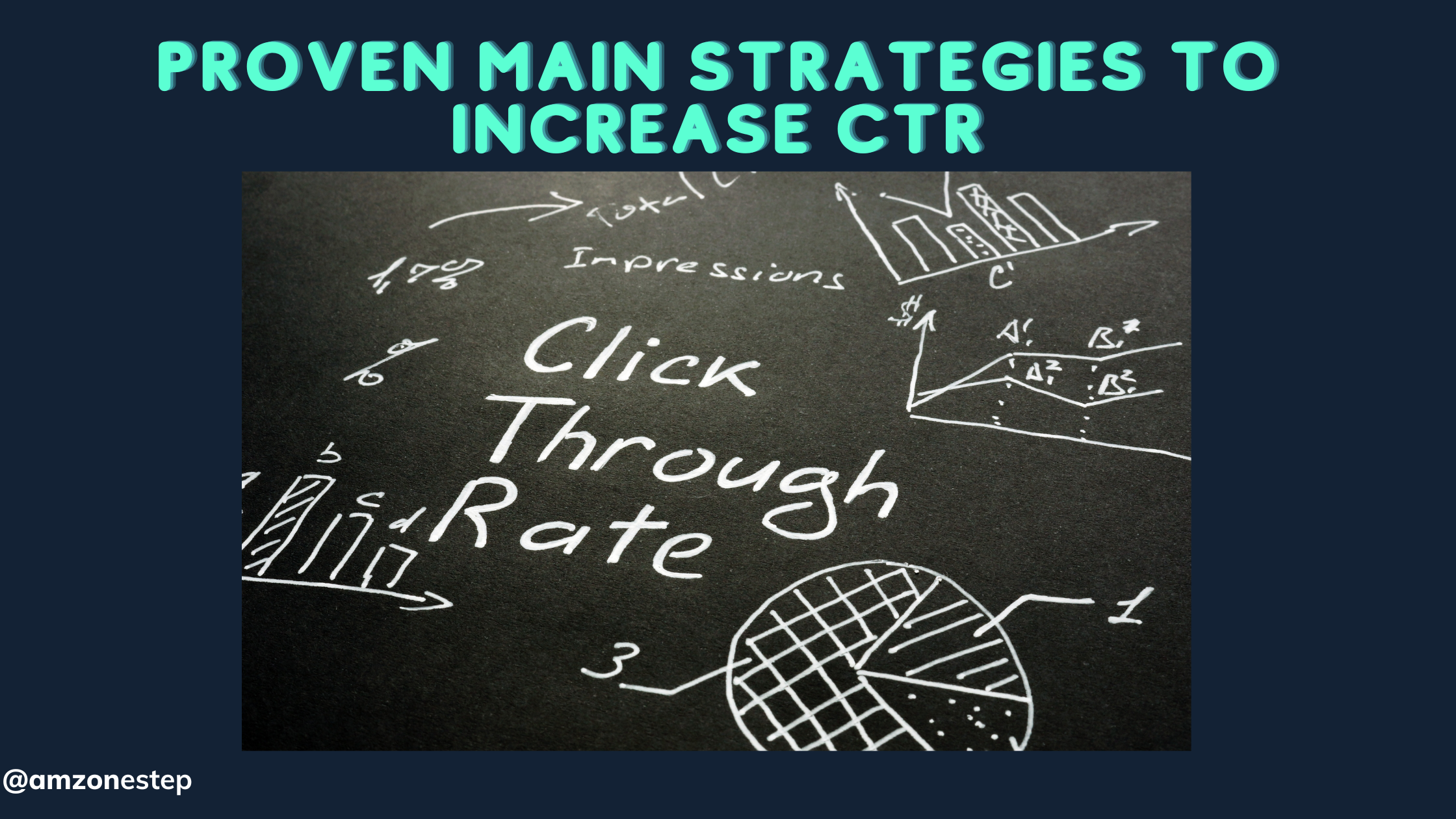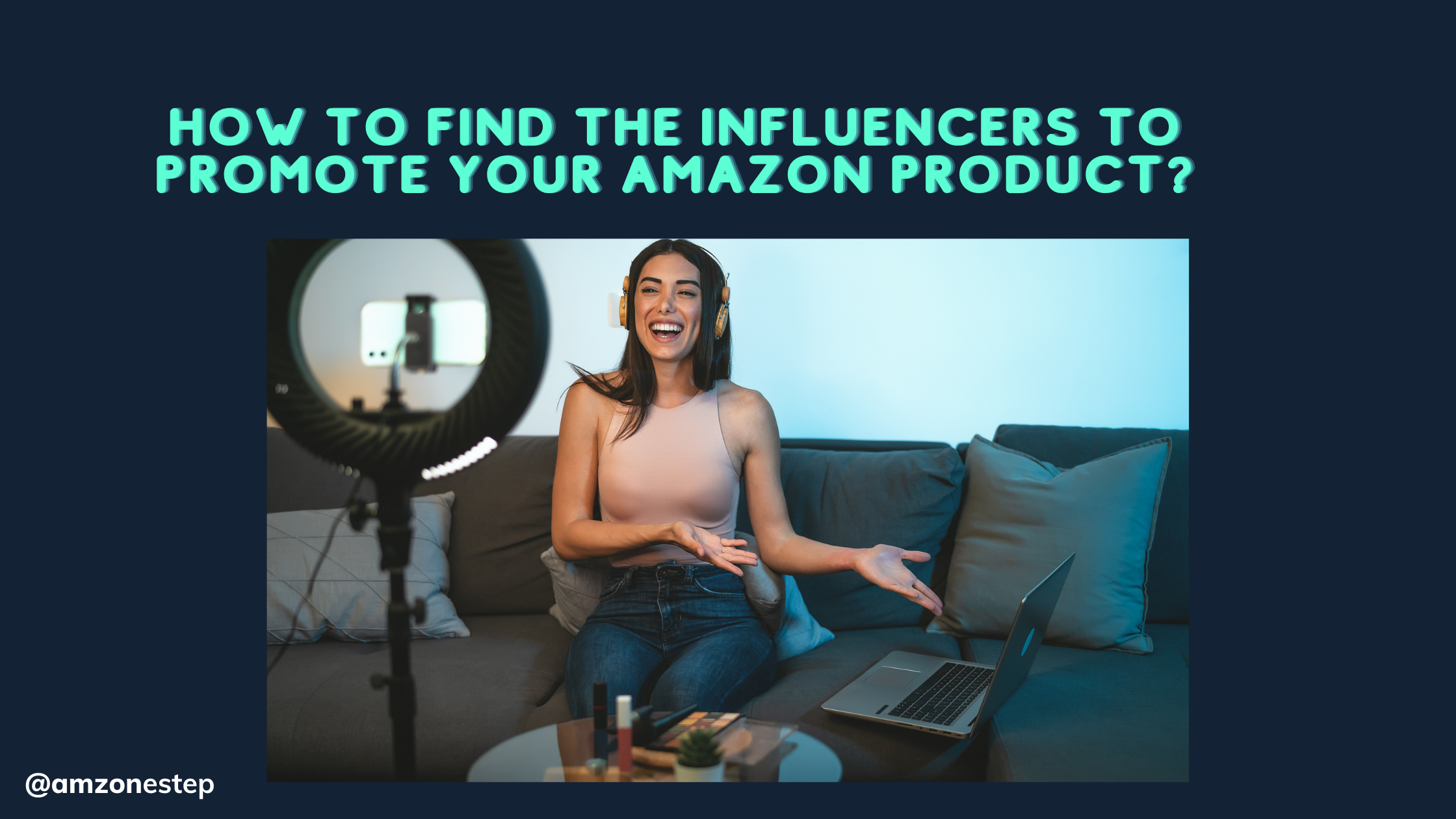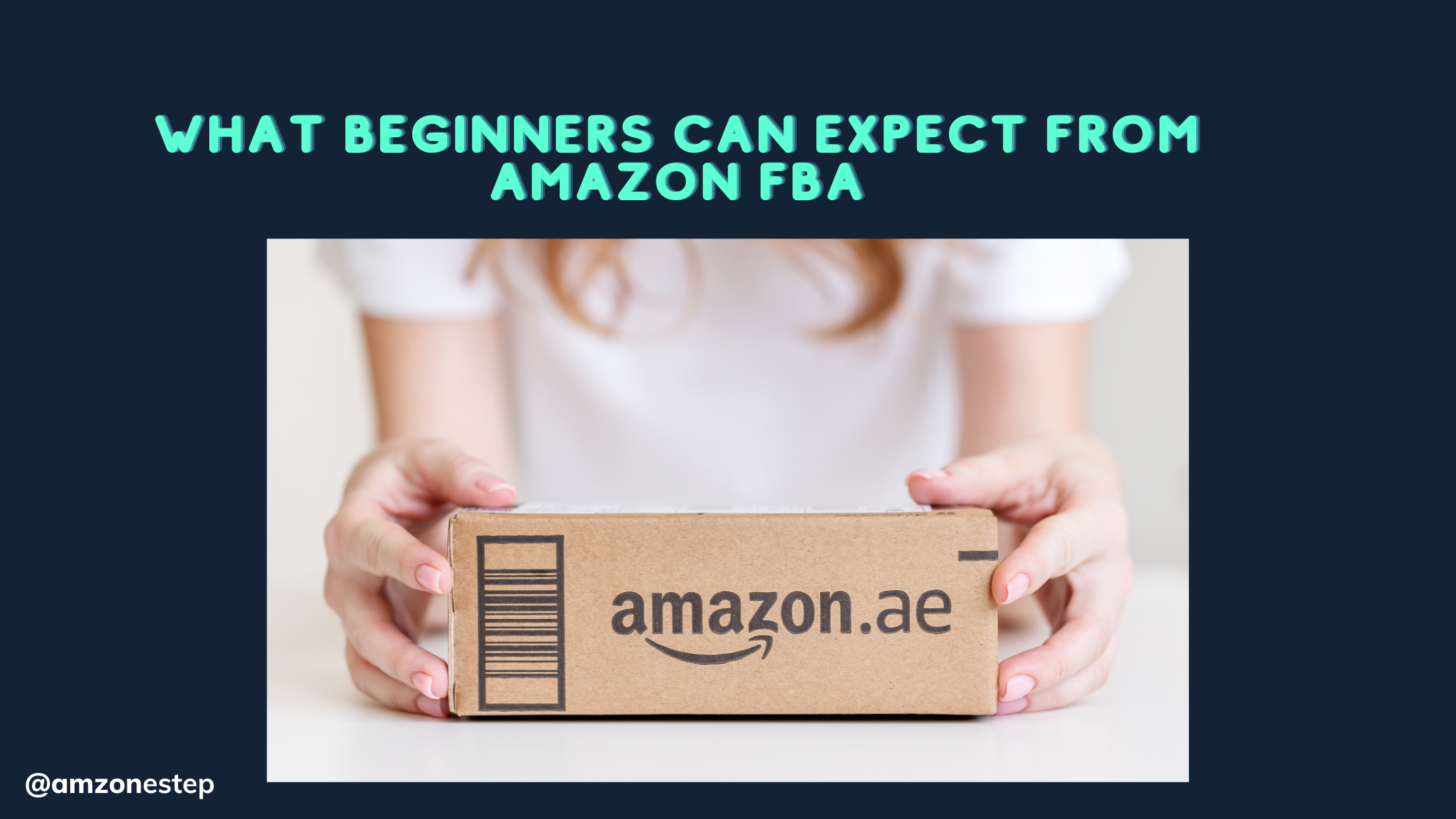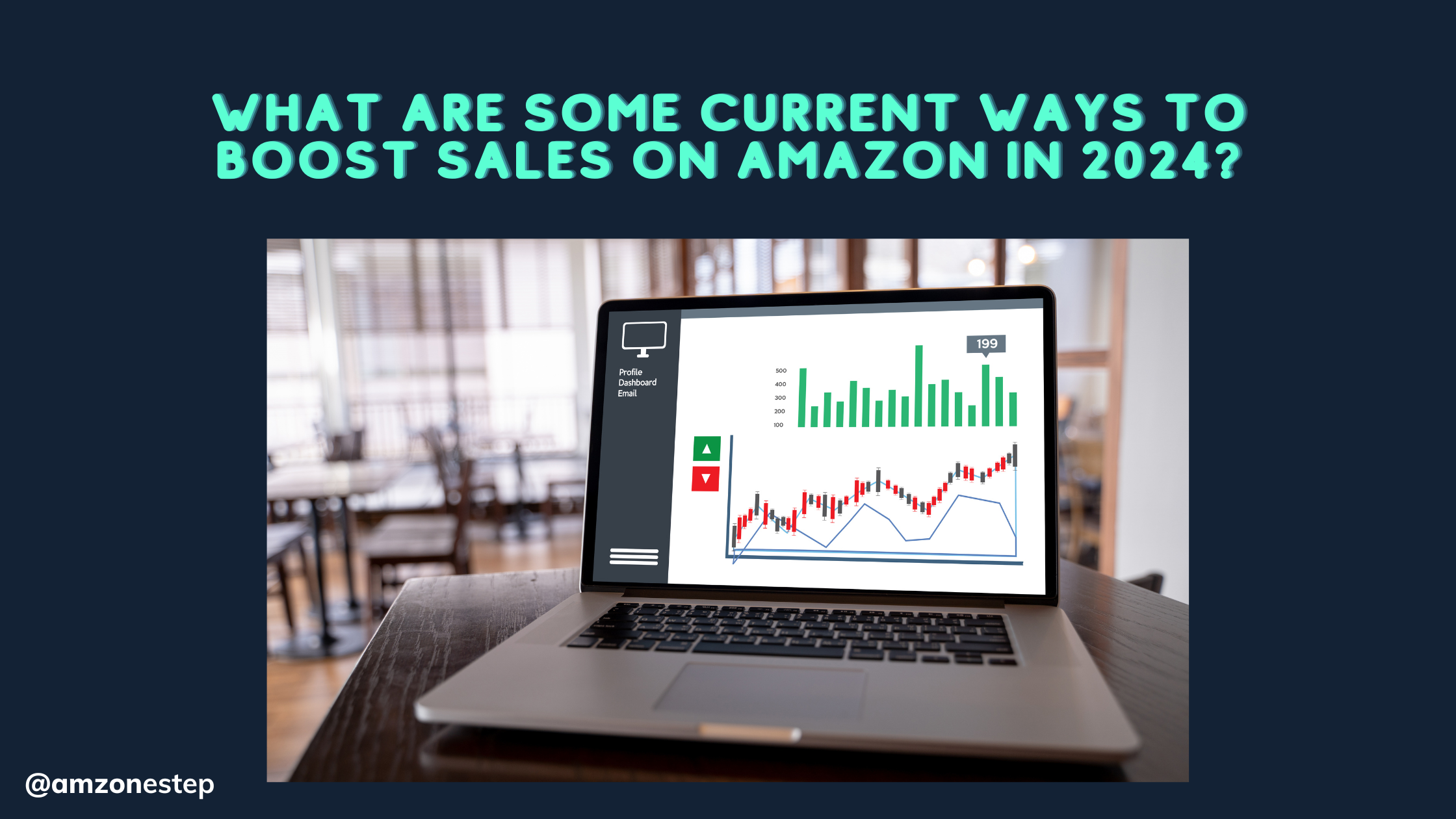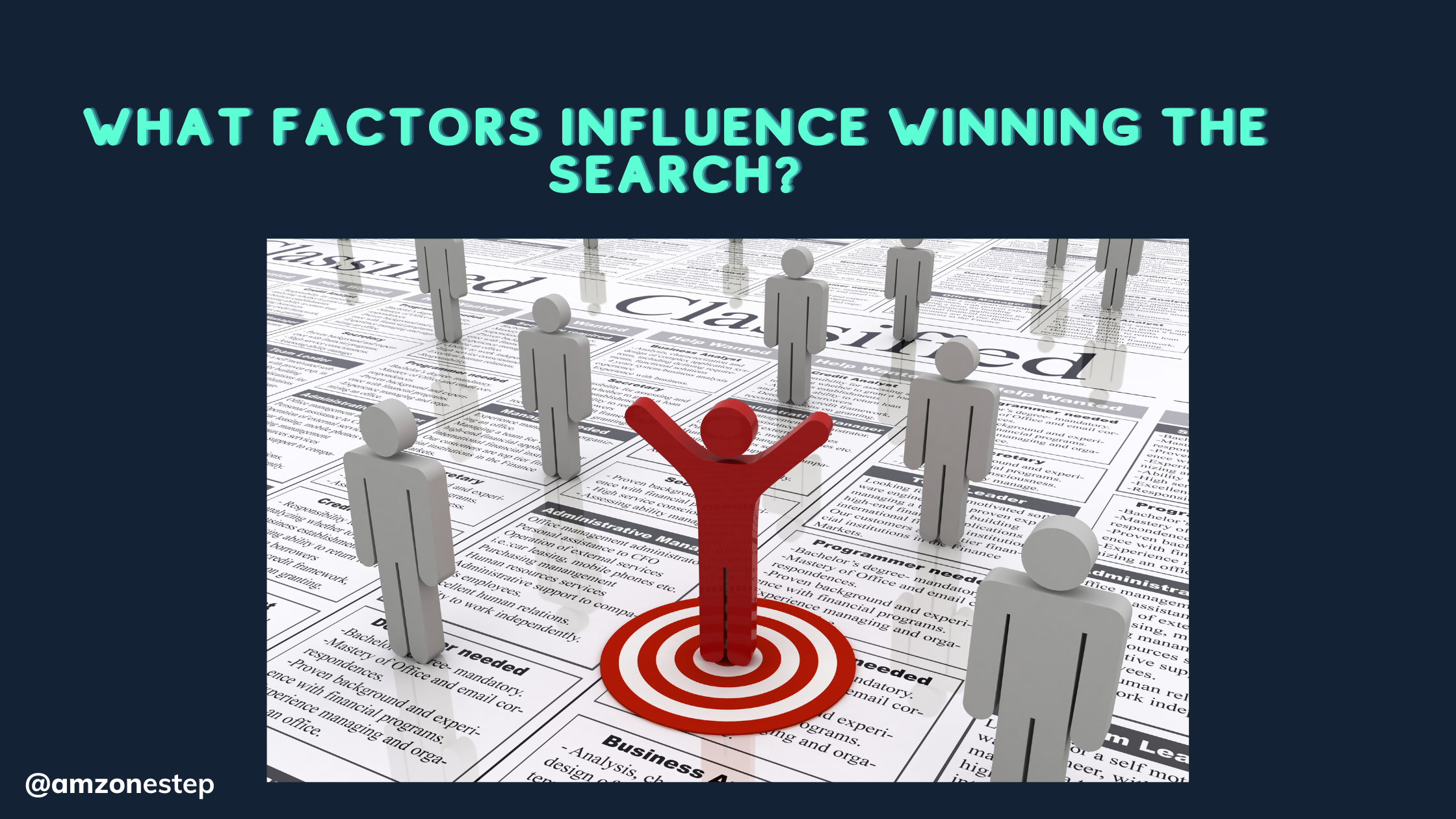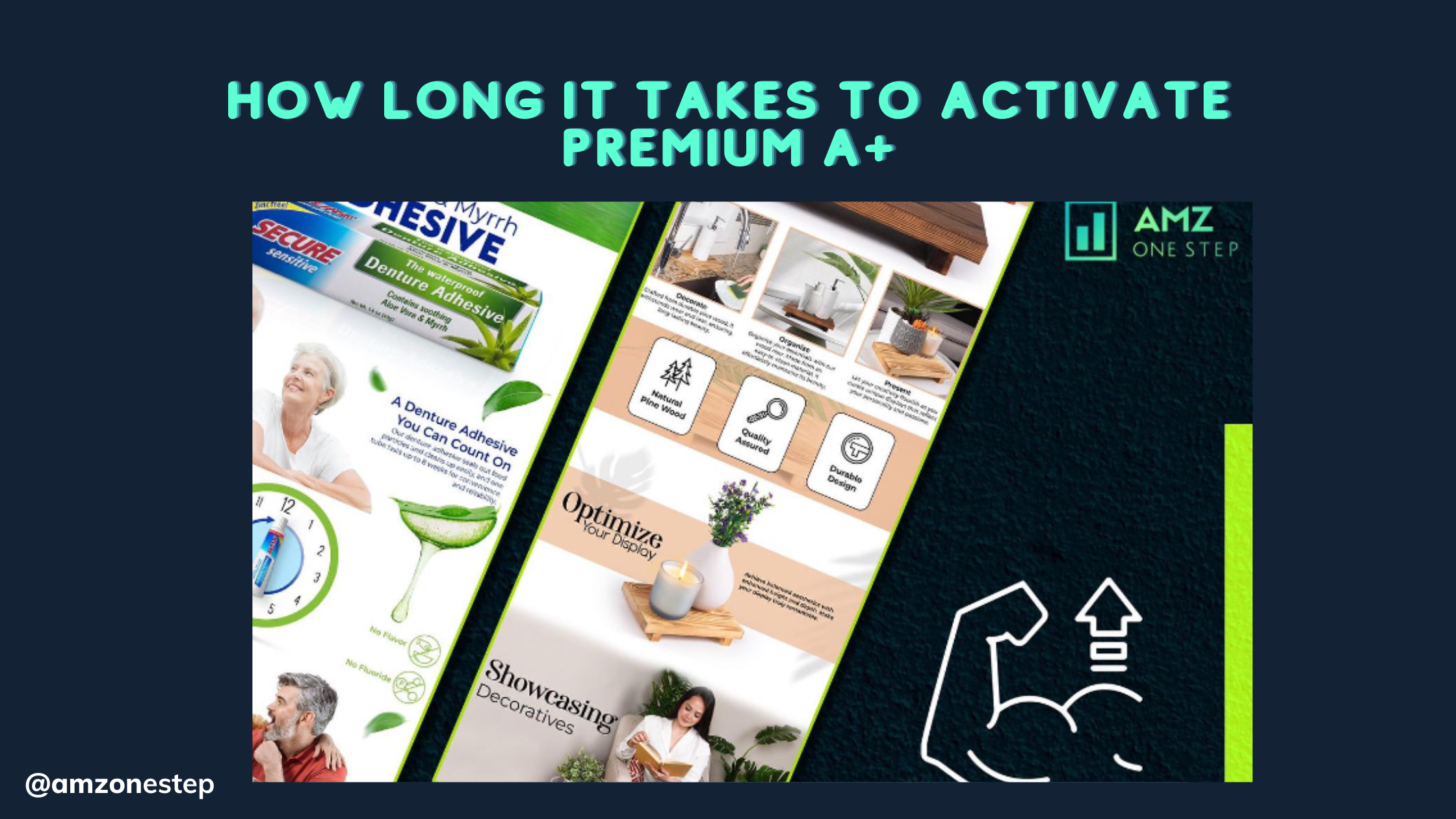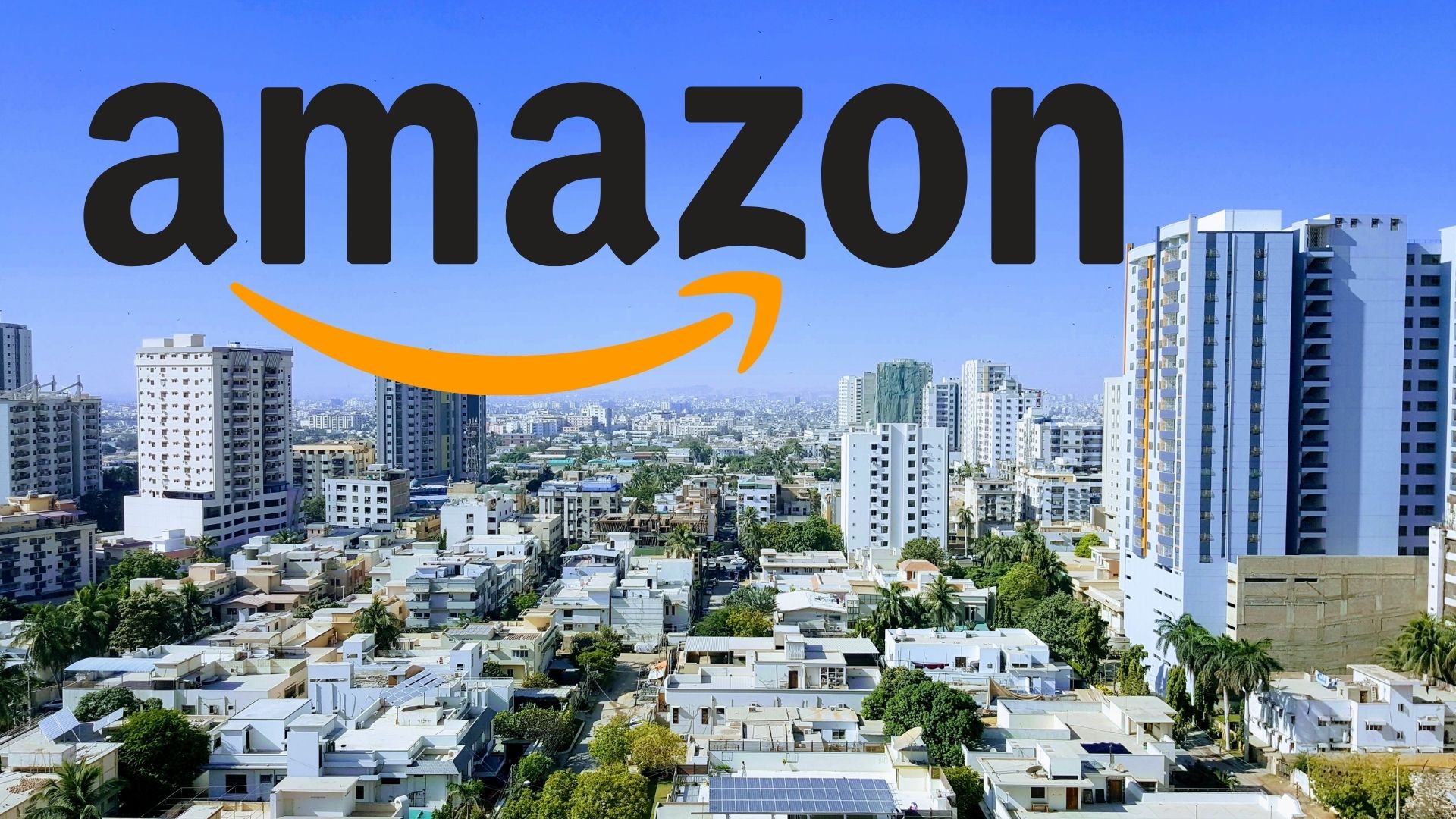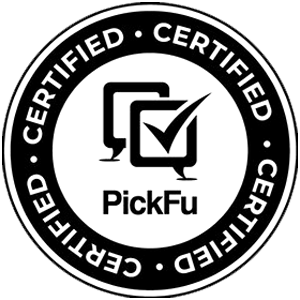Just when you think you know how Amazon’s selling works, they add a new service or product that is hard to understand. When people buy things on Amazon, they now have more shipping choices to choose from.
People who need to get something quickly can use Prime Now because Prime 2-day shipping is so convenient and cheap. Subscribe and Save lets them save money on things they need often, and Prime Pantry lets them buy grocery items.
Amazon is still trying to become the one-stop shop for almost all of your shopping needs by adding more shipping choices and product types. The more people who look at your goods on Amazon, the better for you as a seller.
You need to offer the shipping options that customers want, though, if you want to stay competitive on the market and get people to choose you. Things can get confusing when there are so many choices.
This is a list of the main shipping choices that all Amazon sellers should know about. As a seller, you can choose how your items are shipped.
Amazon’s Shipping Options
Premium Shipping
There are many shipping choices we’ll talk about that are only available to Prime members. But not all Amazon buyers or sellers can join Prime. Even if a customer doesn’t qualify for Amazon Prime, sellers with a good reputation can still offer faster shipping choices. Some choices for premium shipping are:
- Same-day shipping
- One-day shipping
- Two-day shipping
People who have been selling on Amazon for more than 90 days can use special shipping. You can set prices for each choice based on how much you think it will cost. You must actually send those orders in on time; that’s the big catch.
Assume the customer pays for shipping in one day but doesn’t get their item for two or three days. After that, you won’t be able to offer premium service anymore.
Amazon Subscribe And Save
Subscription and Save is another interesting choice that you can use without Prime. Like toiletries or dog food, Subscribe and Save works for things that people are likely to buy more of on a daily basis.
In return for having several eligible items sent at the same time and at the same discount every time, it offers free shipping and a discount.
This programme is open to all FBA sellers who want to add their goods. For any monthly delivery of at least five goods, the discount goes up from 5% to 15%. So, customers have an even better reason to buy products that are qualified for Subscribe and Save when they shop.
You will probably get more sales as a result, but they will cost a little less because you are part of the programme. You have to do your best to keep at least 85% of your goods in stock if you join the Subscribe and Save programme.
Amazon Prime Shipping Options
Nearly two-thirds of all Amazon users have Amazon Prime. This means that for most of your Amazon customers, Prime and its shipping choices are the best ones.
If you want to use Prime shipping choices, most sellers will have to pick a seller option that lets Amazon handle shipping (and charges extra for the right to do so). We’ll go into more detail about the ways you can get your goods listed as Prime below.
Free Two-Day Shipping
Amazon’s famous free two-day shipping is the first and most common way for Prime users to get their packages shipped. All kinds of products can use this. Free fast shipping is something that Prime users don’t think about.
When they know they can get something quickly and for free, they are even more likely to choose it. You can expect your sales to go up if you choose a seller choice that lets your products be eligible for Prime.
Business Prime Shipping
Premier membership is open to more than just people. Companies that have an Amazon Business account can also get free shipping within two days. When you have one of these accounts, Amazon prime shipping works pretty much the same way it does for Prime members.
Amazon Prime Pantry
You can get non-perishable groceries through Amazon Prime Pantry. It could be a good way to ship your food, drinks, household goods, toiletries, or health and fitness products.
One flat $5.99 shipping fee applies to all Prime Pantry orders right now. That suggests that all the items in the Prime Pantry programme need to be kept in the opposite building. As a result, Amazon can put them all in one box every time an order comes in.
Amazon just recently said they are going to put their Prime Pantry prices on a subscription basis. Users who use the new system on a daily basis can pay $5 a month to get free shipping on Primary Pantry items. In contrast, people who choose not to subscribe pay an extra $8 for each box they buy.
They’re sent out one to four days after being bought. For obvious reasons, that means the Prime Pantry programme doesn’t make sense for some types of groceries. For example, meat or produce would need special packaging and faster shipping. Those things work better with our last two choices.
Amazon Prime Now
Amazon Prime Now does more than just guarantee two-day service. A lot of things will be available to Prime users with free two-hour shipping. Unfortunately, Prime Now is only offered in some places right now. To many amazon listing images, this choice is available.
Consumer goods like fruits and vegetables, dairy items, electronics, and clothes are all in this category. Similar to the other Prime shipping choices, this one usually only works for items that Amazon stores and delivers themselves.
It helps them make sure they can send the product by the due date. In the Prime Now programme, sellers can’t pick to be promoted. For example, if you pick the right Amazon seller choice, Amazon may choose to sell your items that way.
Amazon Fresh
One of the newest ways to ship from Amazon, this service is still only available in some places. Amazon Fresh is only for delivering groceries.
When Amazon bought Whole Foods earlier this year, it was clear that they wanted to do more food delivery. They are most likely to use Amazon Fresh more than Prime Pantry or Prime Now to do this.
Customers who are Prime members and are ready to pay an extra $14.99 a month can only get Amazon Fresh. But sellers can take part in Amazon Fresh in a way that is different from most other Prime choices.
This is because the kinds of things that come with Amazon Fresh wouldn’t be kept in a building like most other goods are. To have their goods in Amazon Fresh, food and grocery sellers who want to take part must apply to be accepted to the Amazon Local Market.
Amazon’s Seller Options
These are the different ways that your relationship with Amazon can look when you sell things there. There are even more things to think about than just Fulfillment by Merchant vs. Fulfillment by Amazon.
Fulfilled By Merchant (Fbm)
Businesses that see Amazon mostly as a marketing tool—another place where customers can find their products—should use FBM. If you want to sell something, FBM gives you the most power over the process.
Even though you put your items on Amazon, you still have to store them until they are sold. After that, you pack it up and send it to the customer by yourself. You are also in charge of any customer service or returns that come up.
You’re really at a loss when it comes to shipping choices, though. Folks who sell on FBM can offer both standard shipping and premium shipping choices if they are in good standing (as explained above). But on Amazon, those choices will never look as good to buyers as Prime shipping.
Fulfilled By Amazon (Fba)
Those popular Prime shipping choices are available to most sellers through FBA. You send Amazon your goods, and they store them in their center and pack and ship the orders. Following your Amazon listing images on the site, they do most of the work.
For this option, it is easiest for your items to be qualified for Prime shipping, but you will have to pay extra for Amazon to do some of the work. Definitely includes Prime’s two-day shipping. Depending on the item, this could also mean Prime Pantry or Prime Now. There are some kinds of products that may also be eligible for Subscribe and Save.
For most Amazon buyers, FBA and FBM will be the main options. In this case, FBA is the best way to get your goods Prime status. However, there are a few other choices that buyers may want to think about.
Seller Fulfilled Prime (Sfp)
Selling on Amazon for a long time and having their own warehouses to store their goods is one way for sellers to get SFP.
To be accepted into the programme, SFP sellers had to show that they could always send products when they said they would.
To stay approved, they have to keep showing that skill throughout the programme. This could be the best way to get the private label without having to pay Amazon fees for storage that you can handle yourself.
A lot of sellers who try SFP find that the fees they save by storing their own goods don’t cover the cost of offering 2-day shipping on their own. Sometimes, SFP is a good business idea. It’s a good way for some brands to keep more in-house while still getting the valuable Prime badge on their ads.
Fba Onsite
Within the FBA range, FBA Onsite falls between FBA and SFP. A few Amazon sellers can use this newer choice right now. Eventually, more people may be able to use it, though. Unlike SFP, FBA location lets sellers get Prime shipping and keep their own stock in-house.
You can use Amazon’s tools and shipping network, though. They take over some parts of the fulfilment process.
Basically, Amazon will start to use your warehouse like an Amazon warehouse, which will save them money on storage costs. The seller saves money on shipping costs and many of the fees they would normally charge for fulfillment.
Amazon Seller Central
The invitation-only Amazon Seller Central programme goes even further than FBA and SFP for brands that sell their own goods. These are called “first-party sellers.” Your main option is to become an Amazon seller.
Their goods are bought in large quantities from you. So, they put the Amazon listing images on their website and take care of orders. As Amazon grows, your job gets smaller, even more so than with the other choices. They will take care of everything else; all you have to do is ship them its goods.
Customers are more likely to sell your goods once they have bought them. For this reason, it should be listed with the best shipping choices for its type. Plus, you might have to offer your goods for less than what you charge on your own website.
Amazon could become your main competitor if you sell your goods to them to handle. They could even offer lower prices than you can. Still, the amount of sales some businesses will get from this choice may make the possible risks worth it.
Shipping With Amazon (Swa)
Most Amazon sellers can’t ship items through Amazon just yet, but the company has said that they will start letting sellers in some places do so later this year. When sellers use SWA, they can keep their stock but let Amazon ship the items when customers place orders on the site.
In other words, Amazon will come to the business, pick up the items that need to be shipped, and take them to the customer themselves, just like UPS or FedEx.
This choice takes on the hardest part of meeting Amazon’s strict shipping standards for sellers who want the Prime badge but don’t want to pay all the fulfillment fees. It also gives businesses that don’t have warehouses that qualify for SFP or FBA Onsite the choice to still use it.
If this option works well in the cities where it is tested, Amazon may make it available to all sellers across the country. They may even start to offer shipping services to sellers who aren’t Amazon to compete with UPS and FedEx for the bigger shipping market.
SFP was just introduced by Amazon last year, but they’ve already added FBA location and now SWA to the services they offer. By the end of 2018, who knows what other shipping and fulfillment choices will be out there?
How Should You Charge For Shipping?
After picking the best seller shipping method or mix of methods for your business, you need to decide how much to charge for shipping.
With the Fulfillment by Merchant choice, sellers can usually charge for shipping, but with the Seller Fulfilled Prime plan, they have to offer free same-day or two-day delivery. For the first option, here are three ways to charge for shipping on Amazon.
Charge A Flat Rate
If you want to charge a flat rate, you simply don’t change the amount you charge. If yours doesn’t change, you might want to charge the same shipping fee for all orders, no matter how they are shipped or where they are sent.
You just need to figure out how much shipping for all of your sales costs on average and set that as your flat rate. Rates can also change based on things like the size, weight, or distance of the order.
Use Real-Time Shipping Rates
You should use real-time shipping rates. If your shipping rates change a lot, you may want to use different rates for each order. At checkout, you can see the shipping cost based on your shipping company’s real-time rates for each order. People will know how much their shipping costs before they pay.
Free Shipping
As an extra bonus for people who buy from you, you can offer free shipping. You can do this by adding the cost of shipping to the item’s total price. It’s also possible to decide how much a customer has to spend to get free shipping.
One example is that people who buy more than $300 will not have to pay for shipping. Make sure the price you set won’t cut into your earnings. With this delivery method, you are more likely to make sales and get customers to come back because everyone likes free stuff.
Choose the best shipping method or mix of methods for your business. The next step is to decide how much to charge for shipping.
If a seller chooses Fulfillment by Merchant, they can usually charge for shipping. But if they choose Seller Fulfilled Prime, they have to offer free same-day or two-day delivery.
What’s Premium Shipping For Non-Amazon Sellers?
Not only Amazon offers premium service. Any brand can copy it and offer customers faster shipping choices on their own online store. You can usually do this by working with a third-party logistics (3PL) company that has the network, scale, and store fulfillment services you need.
Online shopping usually includes two-day shipping, but a good shipping experience is more than just fast delivery times. It’s also about giving your customers a great unboxing experience every time.
This goes above and beyond what was expected for product delivery, gives your customers the best chance to see your brand in person, making them more likely to order from you again.
The 2 Elements Of Premium Shipping
The whole experience of buying your high-end goods should feel special. Consider the following things if you want to make the shipping process more enjoyable.
Packaging
When a customer gets your products, the first thing they see is the product packaging. Your buyers will get your items in Amazon-branded boxes if you sell on Amazon and let them handle fulfillment.
Customers will only be able to connect with your company if they interact with the protective packaging or information tags on your products.
Custom packing is now an important way to make your brand stand out even if you’re not selling on Amazon. Check out branded boxes or poly mailers if you want to give your customers more than just plain packages and dunnage.
Try using eco-friendly packaging if your business is built on caring for the environment. Adding marketing inserts and stickers to the package for example can help make shipping more enjoyable.
Shipping Speed
Every carrier offers choices for faster shipping. Overnight and two-day shipping are the two most popular types of premium shipping.
Find the Best Freight Forwarders
It would be great if international shipping was easier for Amazon private label sellers, but it’s not. Large, heavy packages that need to be shipped by sea or air can have a lot of problems, like delays in clearing customs or damaged cargo.
We recommend hiring a freight forwarder to handle the whole process so that your goods get from the plant to an Amazon fulfillment center safely and on time.
They Handle The Whole Package
As long as you pay the freight forwarder and fill out some papers, you don’t have to do much that involves the shipment. A capable forwarder will make sure that your package arrives at its final location legally, safely, and quickly.
As each package moves through the system, forwarders know what to expect. Should you attempt to complete this task by yourself, you might overlook an important step that could lead to the loss, seizure, or delay of your product.
Forwarder Expertise Covers All Shipping Elements
The last thing you want to do after working hard to find good Amazon listing images and a trustworthy supplier is deal with shipping companies, government agencies, and other logistics problems. From start to finish, goods forwarders know everything there is to know about shipping.
They Can Promise To Protect Your Package
Many things can go wrong when sending goods across borders, especially by sea. This is true even when you use a goods forwarder. Make sure the moving company you pick offers cargo insurance. This will protect your goods even more if something goes wrong while they’re being shipped.
Getting Through Customs
Clearing customs is probably the most important reason to hire a goods forwarder. If your goods get stuck in customs, it could take weeks or even months longer for your order to arrive.
FBA Shipping Errors and How to Fix Them
Do you remember sending something to the wrong Amazon fulfillment center? And ended up running out of stock because you used regular air freight instead of express shipping?
Amazon FBA shipping can be hard. Numerous issues can arise, including picking the incorrect freight forwarding company, goods not arriving on time, and problems adhering to Amazon’s shipping rules.
Improper shipping can cause delivery or check-in delays, canceled shipping plans, and even stock-outs, and fixing these problems can eat away at your profits in a big way.
Longer Lead Times
No matter what shipping method you choose, you need to know your supplier’s lead time in order to keep accurate records of your sales and inventory levels. You will need to keep more units in stock if it takes your provider longer to fill your orders.
It’s important not to wish your lead times away so much that you don’t plan for any delays that might happen. Also, longer lead times can make it harder to plan your cash flow and inventory when you have seasonal items or want to use hot new marketing strategies that could bring in a lot more sales.
Let’s say your provider can’t meet your deadline. Then you might need to use an express shipping service to get some or all of your goods to the recipient faster. Make sure you have some extra stock on hand in case of delays or run-outs.
Under-Ordering or Over-Ordering
Keep a close eye on how you plan your supplies and make predictions. If managing several spreadsheets makes you more likely to make mistakes, you might want to use software to automate your Amazon inventory forecasting so that you can restock more accurately and quickly.
Once you’ve set up a good way to get your data and organize it, you can quickly find your stockout trends (days with very few sales) and sales spikes that you can take out of your future calculations. You will keep making the same mistake of under-ordering if you keep taking into account things like the days you’re out of stock.
Not Planning for Chinese Blackout Days
Aside from messing up shipping plans, production schedules, and wait times, Chinese holidays like Chinese New Year and Golden Week can also:
- Raise shipping costs
- Increase the price of goods
- companies may work longer hours to finish all orders before the holiday break, which could lower the quality of the goods.
- Because China has long holiday breaks, you should know when these events happen and make changes to your schedules to avoid production or shipping delays.
Failure to Get Insurance for Your Cargo
Having products for a month stuck in a truck halfway around the world is a terrible situation. One way to get paid and reimbursed quickly in this situation is to insure your packages. Making sure that your insurance covers shipping delays is important for these kinds of problems.
Unlike regular Carrier Liability, which only protects you if your things are lost or damaged by the carrier, this adds another layer of defense.
If you want to get your shipment covered at a price you can afford, talk to a third-party logistics company or marine insurance agent.
Bottom Line
If you have access to real-time data and exact calculations, you can lower your risk of mistakes like over-ordering, running out of stock, and not being able to see your inventory, which can be damaging. Correct use can greatly lower the mistakes connected with sending to Amazon FBA.
Stop the confusion! Learn how to select the best Amazon shipping option based on your product and business goals.
Ship smarter, not harder with AMZ One Step

Hi there! I’m the content marketing and branding specialist for AMZ One Step. I work hard to create engaging and informative content that helps our readers learn more about Amazon selling and how to make the most of their businesses. I love spending time with my family and exploring literary works when I’m not writing or working on projects.

